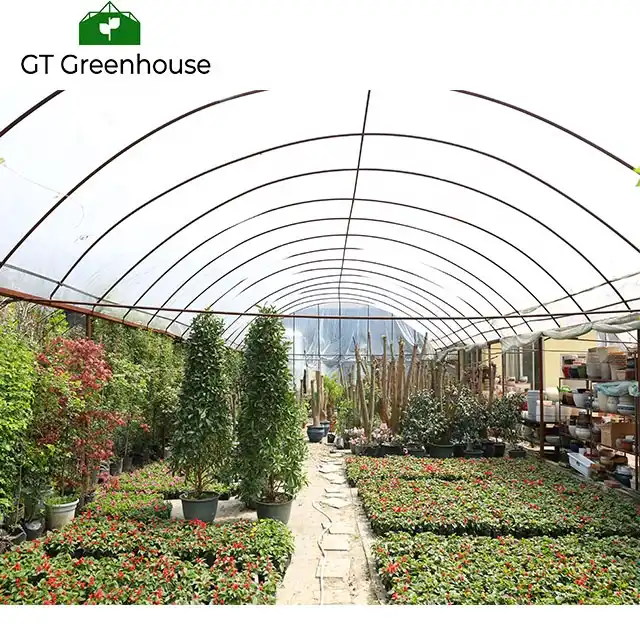Tomatoes are a popular and versatile crop, enjoyed worldwide for their flavor, nutritional value, and culinary versatility. To meet the demand for fresh tomatoes throughout the year, tomato greenhouses have become essential in modern agriculture. These specialized structures create an optimal environment for tomato cultivation, allowing growers to produce high-quality, flavorful tomatoes regardless of the season. In this article, we will explore the key features and benefits of tomato greenhouses and their significant impact on year-round tomato production
The Tomato Greenhouse: A Controlled Environment for Optimal Growth
- Climate Control:
Tomato greenhouses provide growers with precise control over environmental factors such as temperature, humidity, and air circulation. This control allows for the creation of an ideal microclimate that promotes optimal plant growth, leading to healthier tomato plants and higher yields. - Protection from External Elements:
Greenhouses act as a protective shield, safeguarding tomato plants from adverse weather conditions, pests, and diseases. By creating a controlled environment, growers can minimize the risk of crop loss and ensure consistent production throughout the year. - Light Optimization:
Tomato greenhouses are designed to maximize light exposure for optimal photosynthesis. Transparent coverings, such as greenhouse polycarbonate or glass, allow natural sunlight to penetrate while protecting the plants from harmful UV radiation. Supplemental artificial lighting can also be used to extend the photoperiod and enhance tomato production during darker seasons.
Benefits of Tomato Greenhouses
- Extended Growing Season:
Tomato greenhouses enable growers to extend the growing season beyond traditional outdoor limitations. By controlling the environment, including temperature and light, tomatoes can be cultivated year-round, ensuring a continuous supply of fresh, ripe tomatoes for consumers. - Improved Crop Quality and Yield:
The controlled environment of tomato greenhouses allows for optimal growth conditions, resulting in higher-quality tomatoes. Factors such as consistent temperature, humidity, and nutrient availability contribute to healthier plants, enhanced flavor, and increased yields. - Pest and Disease Management:
Tomato plants are susceptible to various pests and diseases. Greenhouses provide a physical barrier against insects and other pests, reducing the need for chemical pesticides. Additionally, the controlled environment minimizes the risk of disease transmission, ensuring healthier tomato plants. - Water Efficiency:
Tomato greenhouses allow for efficient water management through irrigation systems such as drip irrigation or hydroponics. These systems deliver water directly to the plant roots, minimizing water waste and optimizing water usage. This water efficiency contributes to sustainable and environmentally friendly tomato production. - Consistent Market Supply:
By cultivating tomatoes in greenhouses, growers can ensure a reliable and consistent supply of tomatoes to the market throughout the year. This stable supply benefits consumers, retailers, and the overall food industry, reducing dependency on seasonal fluctuations and imports from distant regions.
Innovations in Tomato Greenhouse Technology
- High-Wire Cultivation:
High-wire cultivation systems maximize vertical space in tomato greenhouses, allowing for increased plant density and improved light penetration. This method optimizes yields and enhances overall productivity. - Hydroponics and Soilless Cultivation:
Tomato greenhouses often employ hydroponic or soilless cultivation techniques, where plants are grown in nutrient-rich water solutions instead of soil. These systems offer precise control over nutrient delivery and water management, resulting in faster growth, increased yields, and reduced resource consumption.
Tomato greenhouses have revolutionized tomato cultivation,tomato greenhouse enabling year-round production of high-quality, flavorful tomatoes. With controlled environments, protection from external elements, and optimized growing conditions, tomato growers can meet the demand for fresh tomatoes while achieving higher yields and maintaining consistent crop quality. The advancements in greenhouse technology, such as high-wire cultivation and hydroponics, further enhance productivity and sustainability in tomato production. The tomato greenhouse serves as a key tool in modern agriculture, ensuring a bountiful supply of delicious tomatoes for consumers regardless of the season.
